With the beginning of "The Troubles" in 1968, a time of low intensity guerilla warfare in the occupied six counties of Northern Ireland, leftist politics played a varying role in every Irish republican paramilitary organization that would participate in the conflict up until today. This is contrasted with the conservative politics of the loyalist paramilitaries, which are those that support the United Kingdom and its role in controlling the North of Ireland. However, a rather unheard of paramilitary known as the Irish National Liberation Army would be responsible for some of the biggest attacks on both the British establishment, its proxies in Northern Ireland, and its supposed allies within the Irish republican movement itself.
Initial Formation
The Irish National Liberation Army (INLA) began to form in secret in 1972 during a time of relative calm in Northern Ireland compared to the previous three years of gun battles, bombings, and the countless civilians who had been burned out of their neighborhoods due to their religious affiliation, whether it be Catholic or Protestant. However, not all were happy with this relative calm, which began with a ceasefire between the Official Irish Republican Army (OIRA) and the British government in May of that year, leading to the official birth of the paramilitary in 1974. Those most unhappy with this ceasefire were members of the OIRA themselves, which was an explicitly Marxist organization. Unlike the much larger Provisional Irish Republican Army, which was much more closely aligned with current social democratic politics.
A major split within the Official IRA was due to the far more radical politics of the younger militants compared to the senior leadership. Another factor that further broke down relations between the older leadership that had participated in the border campaign of the 1950s and the younger generation of OIRA volunteers was the geographic divide. The older leadership was based out of Dublin, located in the Free State of Ireland. This is in contrast to the younger volunteers on the front lines in the occupied six counties, particularly in the Catholic and Republican-dominated west side of Belfast, where militancy and armed actions against the British state and its interests were far more popular than diplomatic arrangements and ceasefires among the working-class community who felt abandoned and abused by the OIRA leadership. Many within the Catholic community believed the OIRA was more interested in protecting its valuable rackets—particularly pubs and lucrative building projects across Belfast—than protecting Catholic neighborhoods from the protestant-dominated Royal Ulster Constabulary (RUC) and the Ulster Defense Regiments (UDR), along with the loyalist Ulster Defense Association (UDA) and the Ulster Volunteer Force (UVF), the two largest and most violent of the loyalist paramilitaries.
It was time for a change in the budding conflict, and one man named Seamus Costello would promise to bring about a sovereign 32-county socialist Irish state. But this was only a promise, as in reality the INLA would become one of the most sectarian paramilitaries to fight in the conflict, both religious and political. This sectarianism would end the life of the "greatest socialist in Ireland since James Connolly" and tarnish the name of the INLA up until the present day.
The Main Players
Seamus Costello was the first individual within the OIRA to recruit fellow volunteers to form and organize a new political party, which, of course, in the context of the troubles meant its own paramilitary wing. This new organization would first shake the "revisionist" mindset of the Dublin leadership, particularly its disdain for an open conflict in the occupied counties. This, coupled with the "abandonment of the national question" (the union of Ireland and Northern Ireland) by the OIRA leadership, was the final straw for many younger republicans.
Costello began to form his own faction within the OIRA from 1972-1974, constantly butting heads with Sean Garland and Cathal Goulding (the two heads of the OIRA). Costello would accuse the leadership of lethargy and abandonment of the Irish people, particularly their non-existent weapon procurement for urban guerilla cells in Belfast and other cities in the occupied six counties. The leadership accused Costello and his faction of being gangsters with little political motivation. This would all come to a head at Official Sinn Fein's 1974 party conference, known in Irish as an Ard fheis. At this conference, the leadership of the organization, known in Irish as the Ard-chomhairle, expelled Costello and his radical faction, consisting of popular OIRA figures including Harry Flynn, Gary Roache, and a protestant named Ronnie Bunting, among others.
In December of 1974, a new party called the Irish Republican Socialist Party (IRSP) was created, made up of the expelled OIRA members and some PIRA members who were more in line with the far-left politics of the IRSP than Provisional Sinn Fein's party platform. The IRSP was established as a Marxist-Leninist political party, advocating for the nationalization of capital and the overthrow of the bourgeoisie class, which would then lead to a workers state through the dictatorship of the proletariat. Due to the party's radical politics, it struggled to gain support among the Irish public and therefore had a difficult time funding political campaigns (such as fundraising for republican prisoners) and arming the INLA.
Organizational Funding and Militarization
Unlike the OIRA with its established rackets and the PIRA's extensive fundraising networks with the Irish diaspora community in the United States through the Northern Aid Committee (NORAID), the IRSP had to rely on criminal activities to raise funds for operations and its political campaigns. Due to its small size, the party received little in the way of public donations but did have some success with the party newspaper titled The Starry Plough. The most reliable means of funding for the IRSP came from the INLA itself through armed robberies of banks, cash vans, and gun stores. This led to various conflicts between the armed wing and the political wing of the IRSP.
Coinciding with the creation of the IRSP/INLA, major robberies were undertaken by the INLA. Some of these operations were even led and carried out by Seamus Costello, who was the face of the political leadership of the IRSP. To obtain weapons for attacks and further robberies, the INLA gained connections with other European communist guerilla organizations who operated in the 1970s and 1980s, such as Action Directe in France and the Revolutionary Cells based in West Germany. Furthermore, the INLA also had extensive contacts within the Palestinian Liberation Organization (PLO), leading to a somewhat steady stream of plastic explosives, Browning 9mm handguns, Czech machine pistols, SKS rifles, as well as various Kalashnikov rifle variants.
Although meager compared to the other republican paramilitaries, the INLA believed it was ready for a confrontation with British security forces in Northern Ireland. After having established various cells in Derry and Belfast with its main support base coming from a series of derelict apartment buildings in the heart of West Belfast called the Divis Flats. The local community is referred to as "The Planet of the Erps," with erps referring to members of the IRSP. However, the OIRA would not stand by and let a new organization claim to be the true revolutionary vanguard of the Irish people, and a bloody feud would envelope the two organizations with tit-for-tat attacks culminating in the assassination of Seamus Costello himself in 1977.
The Feud
On a cold February day in 1975, several men approach a nineteen-year-old by the name of Hugh Ferguson in West Belfast, an IRSP member. The three men accost Ferguson when a struggle ensues and Ferguson is shot dead in broad daylight. This was the fuel needed to spark an open war between the OIRA and INLA. Only five days later, an OIRA volunteer named John "Sean" Fox was shot in the head and killed while walking with two other OIRA members by the Divis Flats—the historical center of IRSP influence in Belfast—by an ex-OIRA volunteer who had flipped to the INLA named Daniel Loughran. At the time, Loughran had gone AWOL from the Irish free state army. Furthermore, an OIRA-affiliated club in the Turf Lodge neighborhood was burned down, which was also attributed to the INLA.
The feud would continue on April 6th when Loughran himself was killed by two OIRA gunmen who shot him with an automatic rifle as he left a bar in the Divis Flats area, in direct retaliation for his murder of Fox. Consequently, less than a week later, on April 12th, another OIRA member, Paul Crawford, was killed in a drive-by INLA shooting while selling copies of The United Irishman, the newspaper of Official Sinn Fein and the OIRA. By this time, Seamus Costello of the IRSP and leading OIRA members in Belfast began to talk about a ceasefire. On April 28th, the most prestigious of the Belfast OIRA men pushing peace, Billy McMillen, would be killed in an INLA-style shooting. Due to McMillen's history of the armed struggle, especially during the border campaign and the beginning of the troubles, McMillen was extremely popular in the Catholic Belfast community. Due to this and McMillen pushing for peace, the IRSP commanded the INLA not to attack McMillen, and Costello was visibly angered when informed of the assassination of McMillen. All evidence points to the assassination of McMillen either being carried out by a rouge cell of the INLA or another paramilitary all altogether. The OIRA would hear none of this and immediately set about planning the assassination of Costello in revenge.
By the end of the feud in 1975, multiple killings coupled with dozens of other shootings and kneecappings had crippled the IRSP as a political organization. On October 5th, 1977, Seamus Costello sat in his car on a Dublin street when an OIRA gunman named James Flynn approached the driver's side window and fired a shotgun into the side of Costello's head, killing him. The IRSP did not initially accuse the OIRA of the attack, but everyone knew that this was in direct retaliation for the killing of McMillen (which Costello had nothing to do with). After the death of Seamus Costello in 1977, the IRSP and INLA struggled to stay relevant in the face of the much more digestible social democratic message of the Provisional IRA. However, the INLA would also be responsible for one of the most televised assassinations of the conflict, which was putting a mercury tilt switch IED on the bottom of Airey Neave's car—a conservative MP in the British government. The bomb detonated in the parking garage at the Palace of Westminster (the meeting place of the British government), killing Neave and causing chaos inside.
Today, the IRSP remains small and insignificant compared to Sinn Fein and the SDLP (Social Democratic Labor Party), both of which have dominated electoral politics amongst Northern Ireland's Catholic community since the signing of the Good Friday Agreement in 1998. Likewise, the INLA declared a ceasefire in 1998, but it took another decade before it officially claimed to have "ended armed actions" and had "decommissioned its weapons, explosives, and paramilitary structure." Just like every other paramilitary organization in Northern Ireland, the INLA never really went away; instead, it grew smaller and less organized. Just recently, the INLA (or those claiming to be in the INLA) threatened to shoot builders at a homeless charity building in West Belfast due to its "causing issues with local residents."


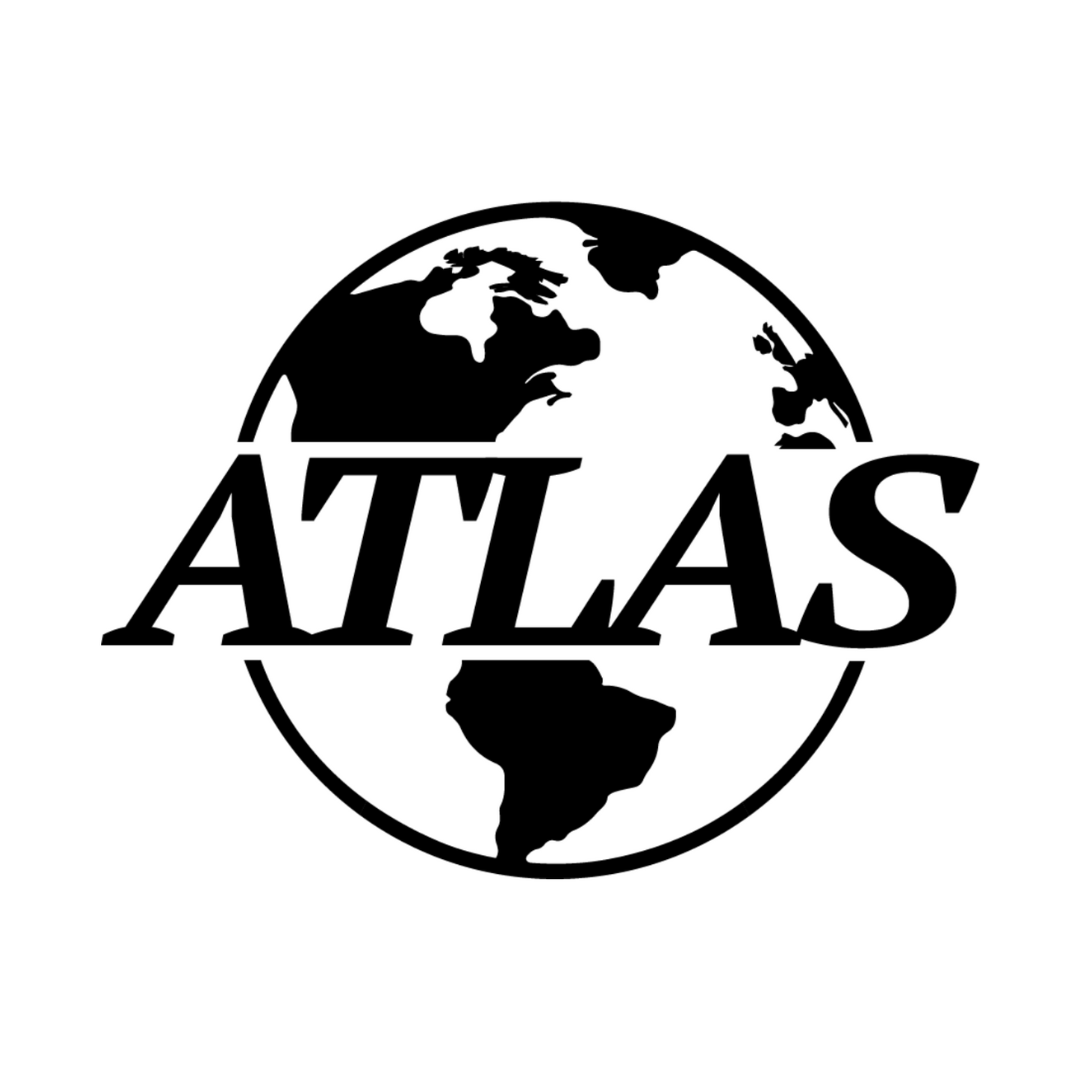
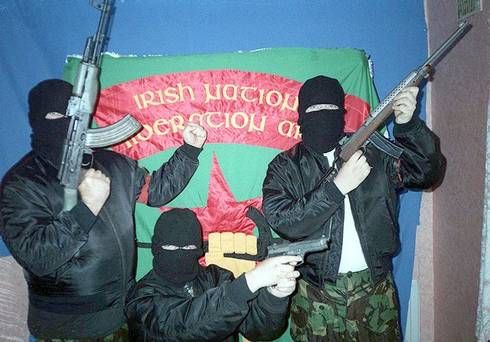
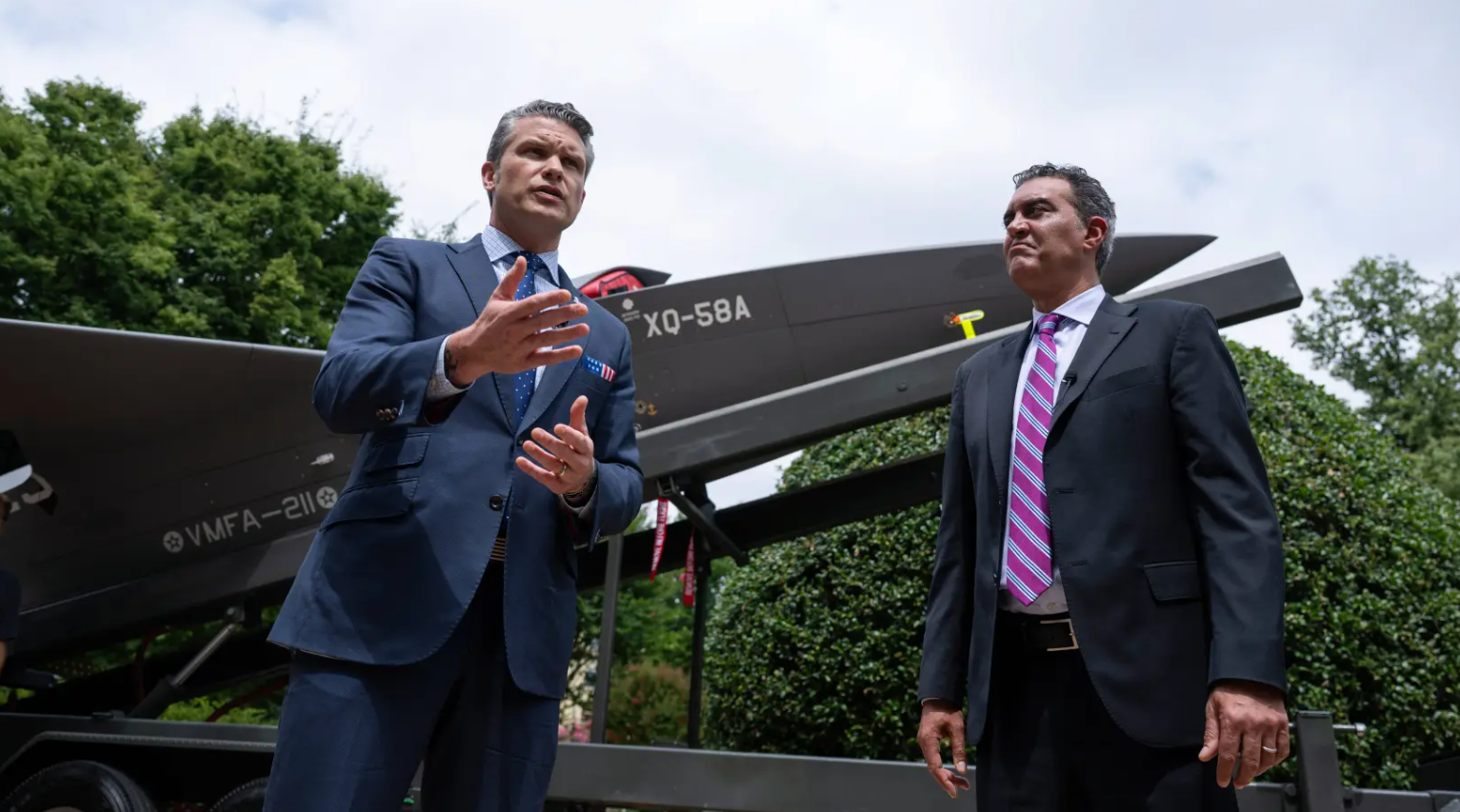



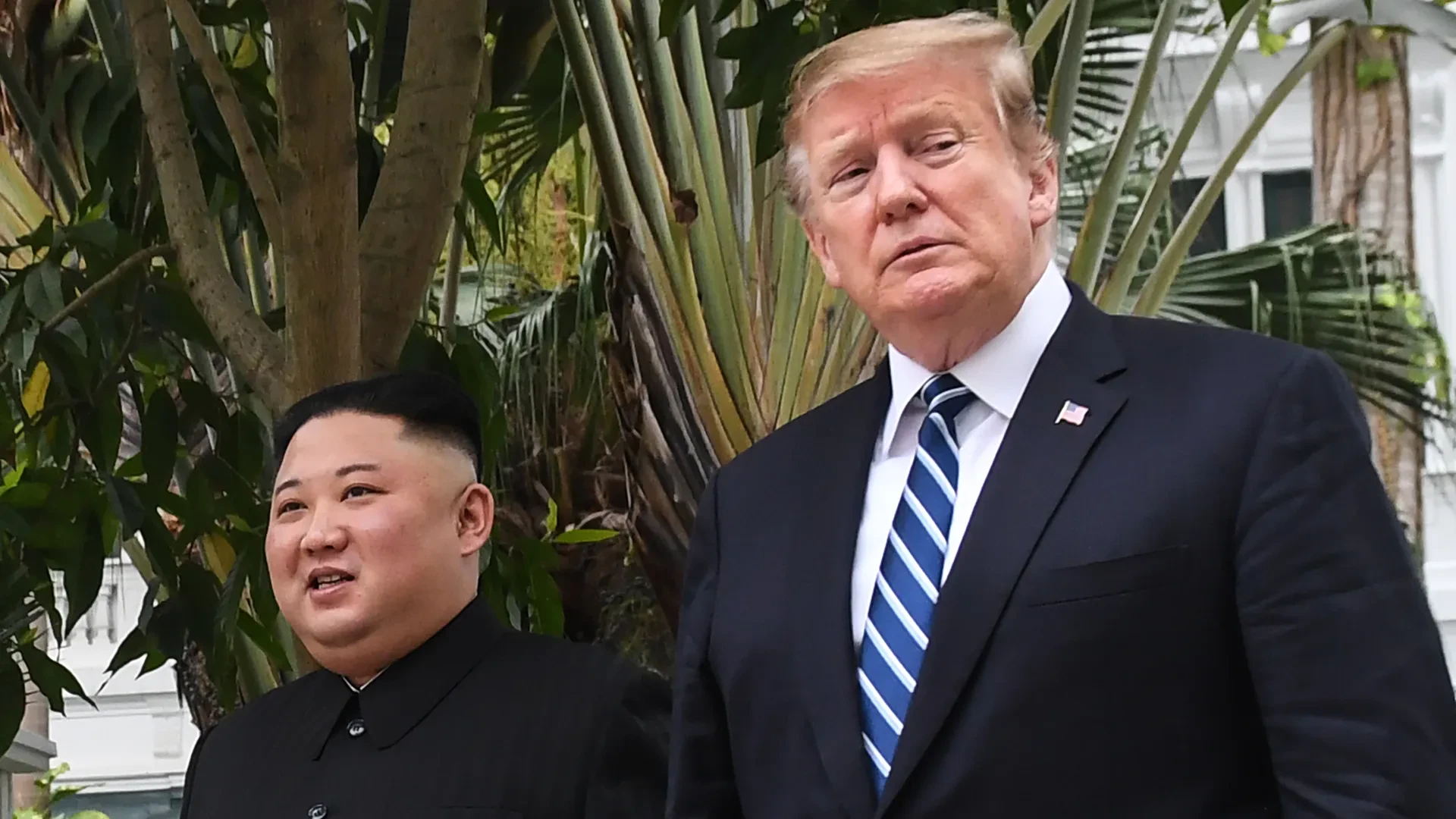
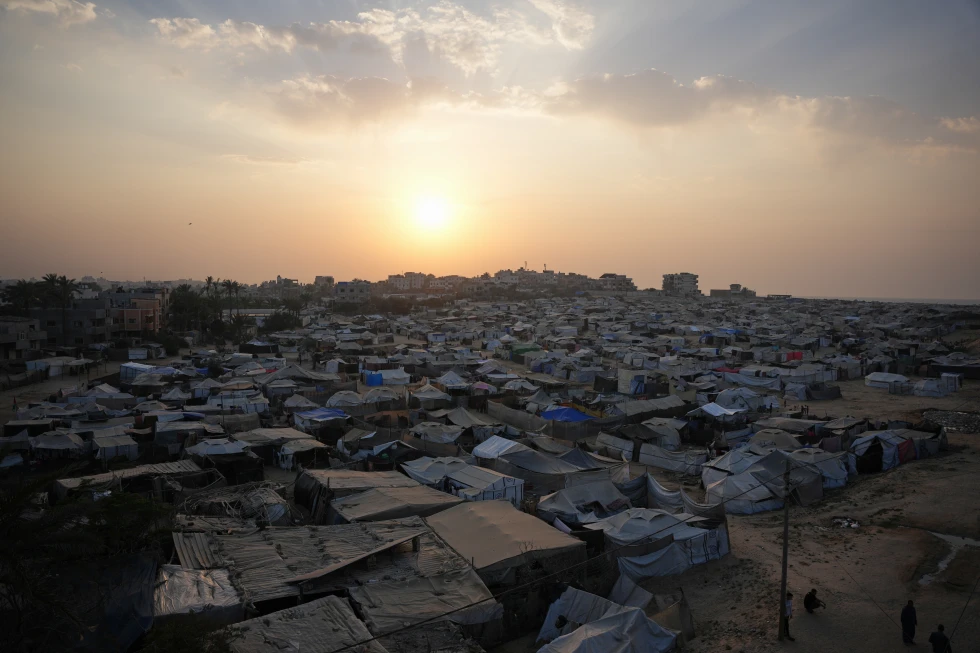
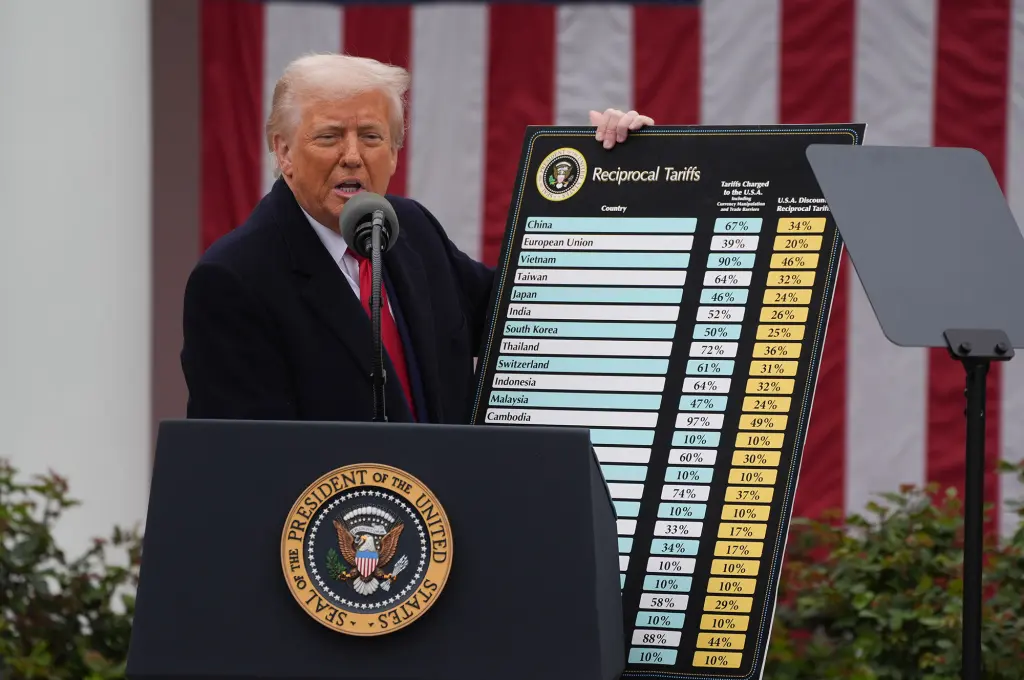
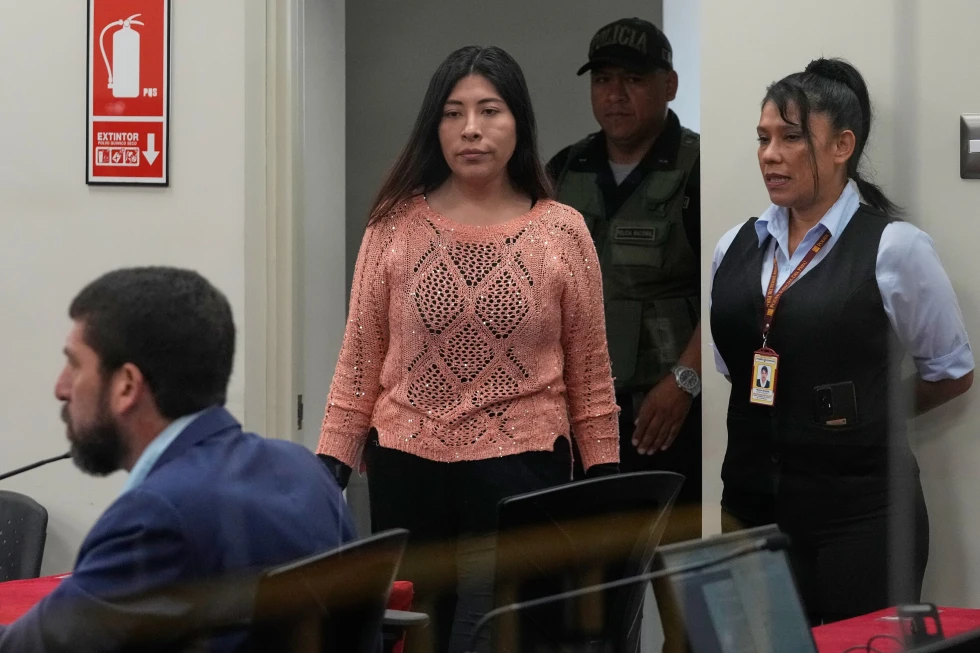
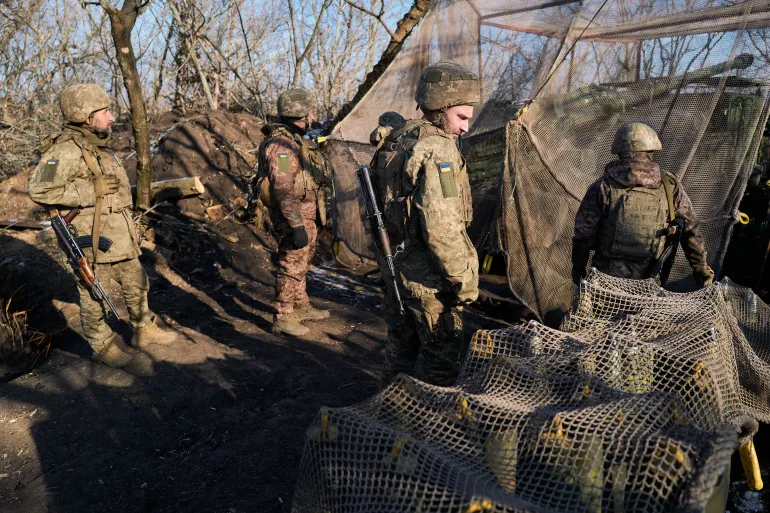

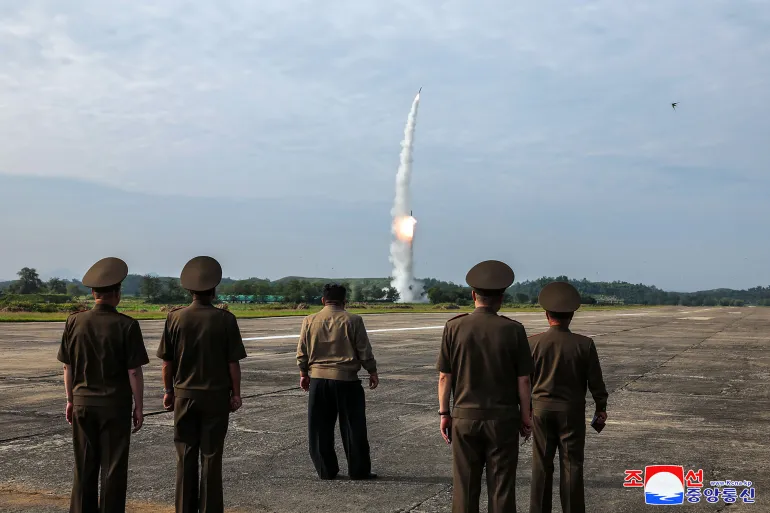

Discussion